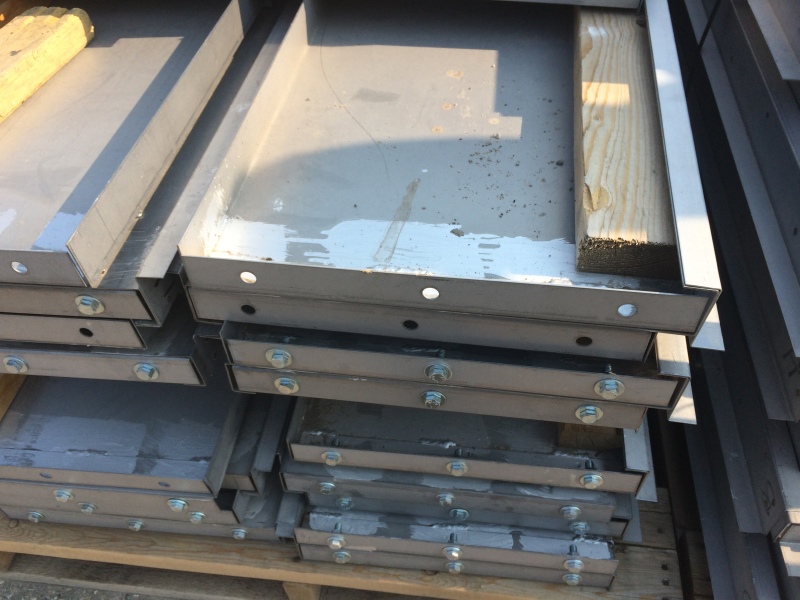XR250
Structural
- Jan 30, 2013
- 5,954
I have 2 RTU's to intall on a roof. The roof is framed with 18" bar joists 3'-4" O.C. with what appears to be 1.0E 26 ga deck. I have taken care of the bar joist analysis for the new loads. As far as supporting the curbs on the decking and joists, I have seen details where angle irons are added beneath the decking to support the curb. I have never really paid much attention to this, but how is the curb actually supported on these and how are the angles attached to the joists? The first curb I am tackling is 4'x7' with an 18x34" opening and weighs about 800 lbs. It is oriented with the 7' dimension parallel to the joist span. I only would like to cut the decking at the duct opening to keep my top chords braced.
Thanks
Thanks


